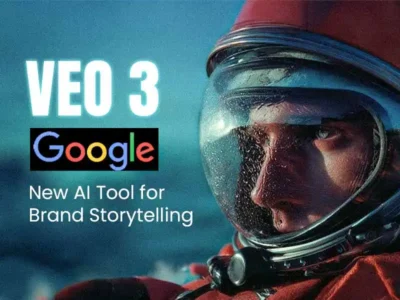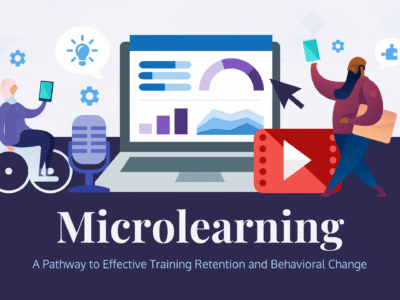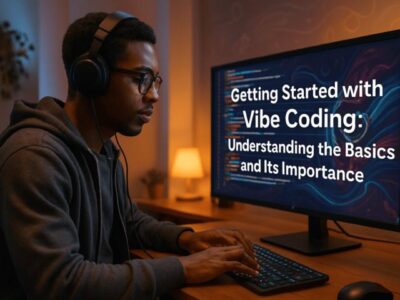Duration: 8–10 Weeks (or Self-Paced)
Level: Intermediate (with beginner-friendly intro)
Format: Video Lessons, Coding Labs, Simulations, Assignments, Capstone Project
Tools & Platforms: Ethereum, Solidity, Truffle, Ganache, Web3.js, Hyperledger, Siemens Mindsphere, Azure Digital Twins, Unity, Python, Node.js, IPFS
Course Objective
To teach learners how to design, build, and deploy secure and intelligent digital twin ecosystems integrated with blockchain for transparent, traceable, and autonomous decision-making in sectors such as manufacturing, supply chain, smart cities, and IoT.
Module 1: Introduction to Blockchain and Digital Twins
Topics Covered:
-
What is Blockchain? What are Digital Twins?
-
Blockchain: Distributed Ledger, Consensus, Decentralization
-
Digital Twins: Virtual Models of Physical Systems
-
Why Integrate Blockchain with Digital Twins?
-
Use Cases: Supply Chain, Healthcare, Industry 4.0, Smart Cities
Learning Outcome:
Understand both technologies conceptually and how their integration addresses key real-world challenges.
Activities:
-
Research and summarize one use case combining Blockchain and Digital Twins
-
Draw a diagram showing interaction between a twin and a blockchain
Module 2: Blockchain Fundamentals
Topics Covered:
-
Types of Blockchain: Public, Private, Consortium
-
Blocks, Hashes, and Merkle Trees
-
Smart Contracts Explained
-
Consensus Mechanisms: PoW, PoS, PBFT
-
Ethereum and Hyperledger Overview
Learning Outcome:
Understand the underlying mechanics of blockchain and smart contract execution.
Activities:
-
Simulate a simple blockchain with Python or JavaScript
-
Write a basic smart contract in Solidity
Module 3: Digital Twin Architecture and Components
Topics Covered:
-
Sensors, Actuators, Edge Devices, and IoT Platforms
-
Real-time Data Sync and Simulation Models
-
Levels of Digital Twin Maturity
-
Platforms: Azure Digital Twins, Siemens Mindsphere, Unity Digital Twin Framework
-
Integration with 3D Visualization Tools
Learning Outcome:
Understand how Digital Twins are built, updated, and visualized in real-time.
Activities:
-
Model a simple Digital Twin of a smart room using Unity or Node-RED
-
Connect a simulated IoT sensor to update a digital model
Module 4: Smart Contracts and Decentralized Apps (DApps)
Topics Covered:
-
Solidity Programming Basics
-
Smart Contract Design Patterns
-
Deploying with Truffle and Ganache
-
Interacting with Contracts using Web3.js
-
Decentralized Storage with IPFS
Learning Outcome:
Build secure smart contracts and interact with them via front-end or twin systems.
Activities:
-
Create a smart contract for asset tracking
-
Store a digital twin log or report on IPFS
Module 5: Integrating Blockchain with Digital Twins
Topics Covered:
-
Linking Real-World Events to Blockchain via Twins
-
Decentralized Identity (DID) for Twins
-
Immutable Logging and Auditing of Twin State
-
Digital Certificates and Ownership of Twins
-
Using Oracles for External Data Feeds
Learning Outcome:
Design connected systems where blockchain tracks the authenticity and lifecycle of twin states.
Activities:
-
Implement a digital twin that logs key state changes on Ethereum testnet
-
Use Chainlink Oracle to feed sensor data into a smart contract
Module 6: Platforms and Tools for Development
Topics Covered:
-
Ethereum, Polygon, Binance Smart Chain Overview
-
Hyperledger Fabric for Enterprise Twins
-
Azure Digital Twins and Twins Graph Explorer
-
Siemens Mindsphere for Industrial Integration
-
Unity + Web3 Integrations
Learning Outcome:
Gain hands-on experience using leading tools and platforms to build end-to-end solutions.
Activities:
-
Use Azure Digital Twins to create a spatial intelligence graph
-
Connect Hyperledger Fabric to simulate a factory twin
Module 7: Security, Trust, and Data Privacy
Topics Covered:
-
Blockchain Security (Sybil Attacks, 51%, Reentrancy)
-
Smart Contract Vulnerabilities
-
Privacy in Digital Twins: Edge vs Cloud Storage
-
Secure Device Identity and Authentication
-
GDPR and Compliance with Blockchain & Twins
Learning Outcome:
Develop secure blockchain-twin systems that protect data, identity, and ensure compliance.
Activities:
-
Perform a security audit of a sample smart contract
-
Set up access control for a digital twin using blockchain identity
Module 8: Interoperability and Standards
Topics Covered:
-
Interoperability Between Blockchain Networks
-
Twin-to-Twin Communication
-
Standards: W3C DID, OPC UA, ISO for Twins and Blockchain
-
Cross-Platform Twin Management
-
APIs and Data Brokers for IoT-Blockchain Bridging
Learning Outcome:
Design systems that scale across organizations, platforms, and devices securely and transparently.
Activities:
-
Build an API that allows two twin systems to share data through a blockchain log
-
Analyze OPC UA standard integration with a blockchain-twin stack
Module 9: Use Cases and Industry Applications
Topics Covered:
-
Smart Cities: Traffic and Utility Monitoring
-
Supply Chain: Asset Provenance and Tracking
-
Healthcare: Patient Monitoring and Data Sharing
-
Energy: Grid Management with Digital Twins
-
Industrial IoT: Predictive Maintenance and Quality Assurance
Learning Outcome:
Identify and model practical blockchain-twin solutions in different domains.
Activities:
-
Map out a complete system flow for a digital supply chain twin with blockchain-based audit
-
Propose a twin-powered utility grid model for smart cities
Module 10: Capstone Project and Career Development
Capstone Project Options:
-
Build a twin model of a physical asset with secure lifecycle logging on Ethereum
-
Create a decentralized application for remote monitoring of an industrial machine twin
-
Design a smart city system using multiple twins and a private blockchain ledger
Final Deliverables:
-
Project Report
-
Source Code & Demo Video
-
Architecture Diagram
-
Presentation or Showcase
Career Insights:
-
Roles: Blockchain Developer, IoT Architect, XR Engineer, Digital Twin Specialist
-
Certifications: Blockchain Council, ConsenSys Developer, Azure IoT Specialist
-
Freelancing & Product Development Opportunities
-
Building a LinkedIn-Ready Portfolio and GitHub Profile
Certificate of Completion:
Awarded after successful completion of all modules and submission of the final capstone project.
Bonus Resources
-
Blockchain and Digital Twins Glossary
-
Smart Contract Vulnerability Cheatsheet
-
Free Tools List (APIs, Platforms, SDKs)
-
Interview Questions & Career Roadmap
-
GitHub Starter Repos and Templates
Teaching Methodology
-
Weekly instructor-led or self-paced video lectures
-
Real-world case study analysis
-
Downloadable project templates and starter code
-
Interactive simulation tools
-
Hands-on labs and cloud-based sandboxes
-
Weekly challenges and peer reviews
-
Final project demo and feedback
Target Audience
-
Software developers and engineers interested in emerging technologies
-
IoT, AI, and data professionals looking to integrate secure digital models
-
Industry 4.0 consultants and infrastructure managers
-
University students and researchers exploring smart automation
-
Entrepreneurs building digital ecosystems for physical products







